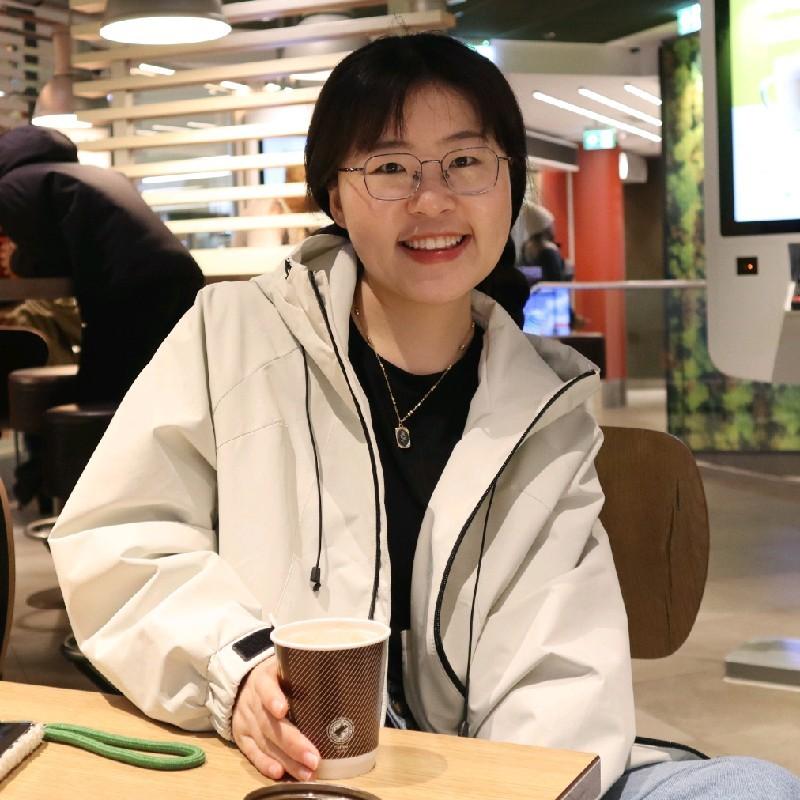
Sijia Feng
Abstract:
Nitrous oxide (N2O) is a highly important greenhouse gas and its anthropogenic sources primarily come from fertilized croplands. The spatiotemporal patterns of N2O emissions are characterized by hot-spot and hot-moment effects, which are controlled by hydrological processes, microbial C and N substrate availability, and soil microbial activity. The complex processes result in large uncertainties in quantifying the spatiotemporal variability of field-scale N2O emissions. Therefore, cost-effective and accurate estimates of field-scale N2O fluxes are highly needed to reduce the climate footprint of agriculture and to mitigate climate change. To achieve this goal, we propose to use a Physics-Informed Machine Learning (PIML) framework to integrate process-based ecosystem modeling and multi-source remote sensing data to quantify field-scale N2O emissions for the EU wheat cropping systems. Specifically, there are three tasks for this study. (1) We will use PIML to retrieve soil moisture from multi-source remote sensing data along with field measurements to support the identification of hot moments for N2O emissions. (2) We will adapt the computer vision foundational model, Segment Anything Model, to detect ponding areas in high-resolution satellite imagery to identify hot spots of N2O emissions. (3) We will develop another PIML based on the biogeochemical LandscapeDNDC model, which has been extensively tested for its capability to predict N2O emissions from field to continental scales. Task 1 soil moisture, Task 2 ponding areas, and N2O measurements to quantify field-scale N2O emissions across the EU wheat cropping systems from 2020 to 2026. Furthermore, scenario analysis will be conducted to assess the impact of fertilizer rates and cover cropping on N2O emissions to develop mitigation strategies.
This interdisciplinary project will bring significant scientific and socioeconomic impacts. Through PIML, this project will be the first time to explicitly consider the ponding effects in quantifying field-level N2O emissions, which can improve our understanding of driving factors for N2O emissions. In addition, it is highly aligned with Danish and EU policies on green transition and climate-smart agriculture. The expected outcomes can be used for voluntary carbon credit markets to bring economic benefits. Furthermore, this technology is also highly transferable to other regions for the sustainability of crop production and environmental health.
